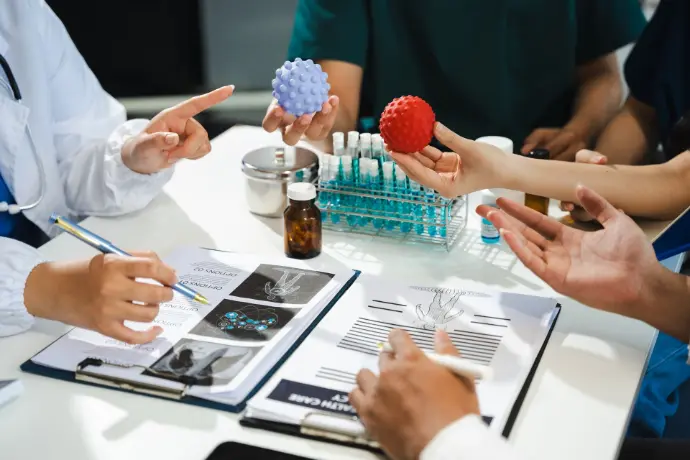Comprehensive Service & Support for AGILENT / Hewlett-Packard GC/MS and Leading Analytical Instruments
As a leading provider of analytical instrument services, we specialize in the maintenance and repair of AGILENT and Hewlett-Packard GC/MS systems. Our expertise encompasses a wide range of analytical instrumentation, including gas chromatographs, mass spectrometers, purge and trap concentrators, and integrated data systems. Additionally, we support equipment from other prominent manufacturers such as Tekmar, OI Analytical, Varian, and Gerstel. We offer cost-effective service contracts as well as time-and-material repair options to optimize operational uptime and budget efficiency.
Our technical team is proficient in servicing widely used models including the
HP 5970, HP 5971 , HP 5972 , HP 5973 , 5975 , HP 5890, HP 6890 , 6850 and most of the Agilent Technology equipment line.
What is Gas Chromatography?
Gas chromatography (GC) is an analytical technique used to separate and analyze compounds that can be vaporized without decomposition. Widely applied in chemistry, environmental science, forensics, food safety, and pharmaceuticals, GC has become a standard method that underpins research, development, and quality control across numerous industries particularly petrochemical manufacturing, environmental monitoring, food contaminant detection, and forensic investigations.
Injection port:
Where the sample is introduced and vaporized
Carrier gas system:
Supplies and controls the flow of carrier gas.
Column:
Usually a coiled fused silica capillary or packed
column inside an oven; separation occurs here.
Oven:
controls the temperature to help separate compounds.
Detector:
Identifies when compounds elute from the column.
How does GC Work?
Chromatography is a separation technique where the components of a sample distribute themselves between two phases: a stationary phase with a large surface area, and a mobile gas phase that flows through the stationary phase. The sample is vaporized and transported by the carrier gas through the column. The analytes in the sample partition into the stationary liquid phase according to their solubility at a specific temperature. Separation occurs because each component has different vapor pressures and varying affinities for the stationary phase, causing them to elute at different times.
What is Mass Spectrometry?
Mass spectrometry is a powerful analytical technique used to identify and quantify compounds in a sample by measuring the mass-to-charge ratio (m/z) of ions. While often mistaken as merely an alternative to traditional detectors such as UV/VIS, flame ionization, fluorescence, or electrochemical detection, mass spectrometry offers far greater analytical capabilities. Its ability to detect and analyze specific m/z values allows it to function not only as a detector but also as an independent separation technique. However, stand-alone use of mass spectrometry can be particularly challenging in complex analytical fields such as environmental analysis, toxicology, and biomarker discovery, where high sensitivity and selectivity are essential to avoid analytical interferences.
Gas Chromatography Mass Spectrometry (GC/MS)
In chromatographic techniques, such as gas chromatography or liquid chromatography coupled with mass spectrometry detection, the primary objective is to identify individual compounds and assess their relative concentrations both within individual samples and across different sample sets. Two requirements must be met by data processing in order to accomplish this goal: (I) it must reliably identify the mass spectrum of each individual compound for identification; and (II) it must precisely compute the abundance of chromatographic peaks seen in each sample that correspond to those compounds.
These tasks are often complex and time-consuming, primarily due to the coelution of peaks within a single chromatogram and retention time (RT) shifts across different samples. These challenges result in mixed or overlapping mass spectra, thereby complicating both compound identification and quantification.
Applications of Gas Chromatography Mass Spectrometry (GC/MS)

Environmental Analysis
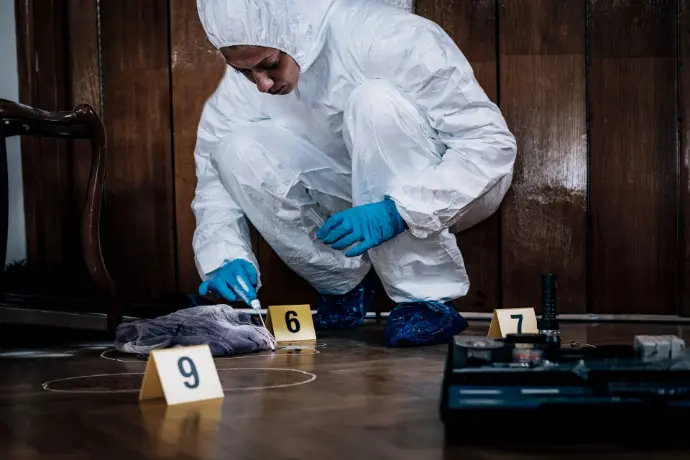
Forensic Science
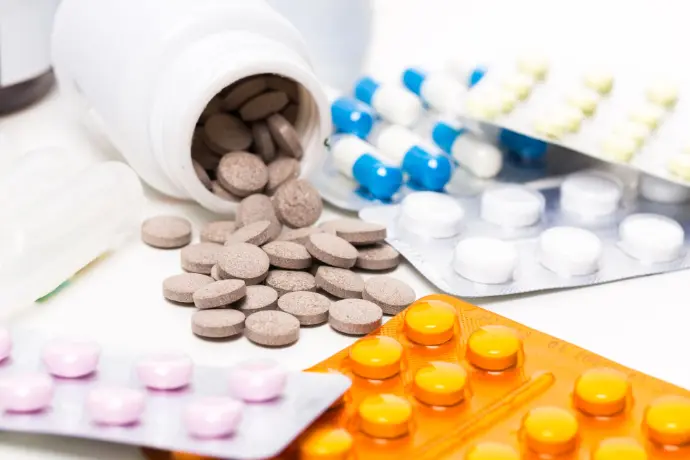
Pharmaceuticals
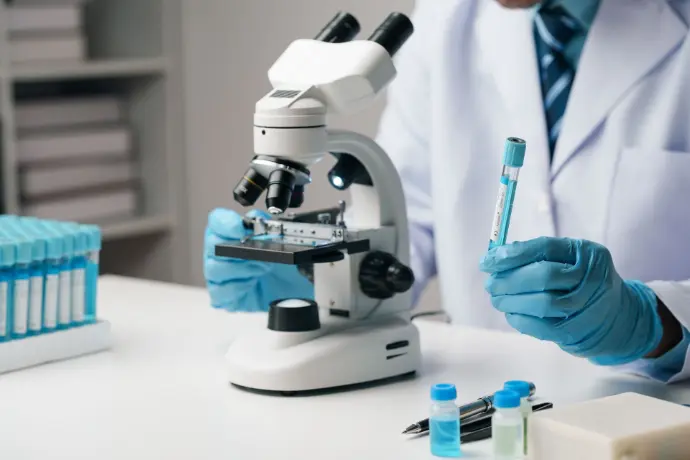
Clinical and Biomedical Research
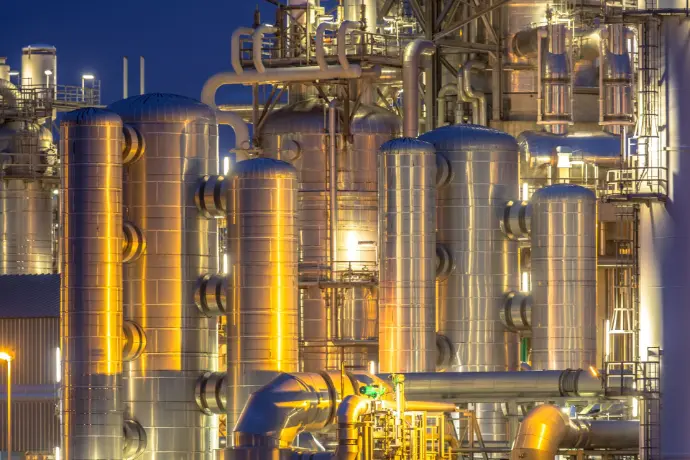
Petrochemical Industry
